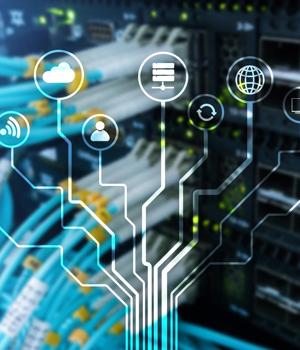Security News > 2022 > October > How to navigate the current 5G and IoT threat landscape

Current challenges and risks entailing 5G / IoT. A key differentiation between 5G and its predecessor networks is that 5G entails an untrusted core network between the subscriber end and the unified data management environment, whereas predecessor networks had a hierarchical trust model.
A 2021 report by the Cybersecurity and Infrastructure Security Agency regarding Potential Threat Vectors to 5G Infrastructure listed supply chain risks as a particularly dangerous threat in the 5G space.
An Intersog 2021 report on IoT security statistics cited some similar concerns to 5G security: "Globally, 32% of the companies that have already adopted IoT consider data security issues related to the lack of skilled personnel to be the most critical concern for their IoT ecosystem. Thirty-three percent of these companies consider attacks on devices to be the primary concern."
"Most cybersecurity teams are focused on vulnerabilities in applications and operating systems because of their criticality and volume. On the surface, 5G networking is a transport technology - it moves data from one place to another - and so is often deprioritized for security review. However, this view doesn't consider the significant difference between 5G and other transport protocols, including how 5G can create or reduce risk."
Arora pointed out that a threat actor could capitalize on 5G vulnerabilities by using 5G network connections for lateral movement or as a proxy for initial access into victim organizations.
A proper understanding of how new technology works, identifying the risks and pain points, determining how to utilize official security standards and policies, and ongoing education and awareness training is essential for both IT professionals, end users and overall consumers.
News URL
https://www.techrepublic.com/article/navigate-threat-landscape/